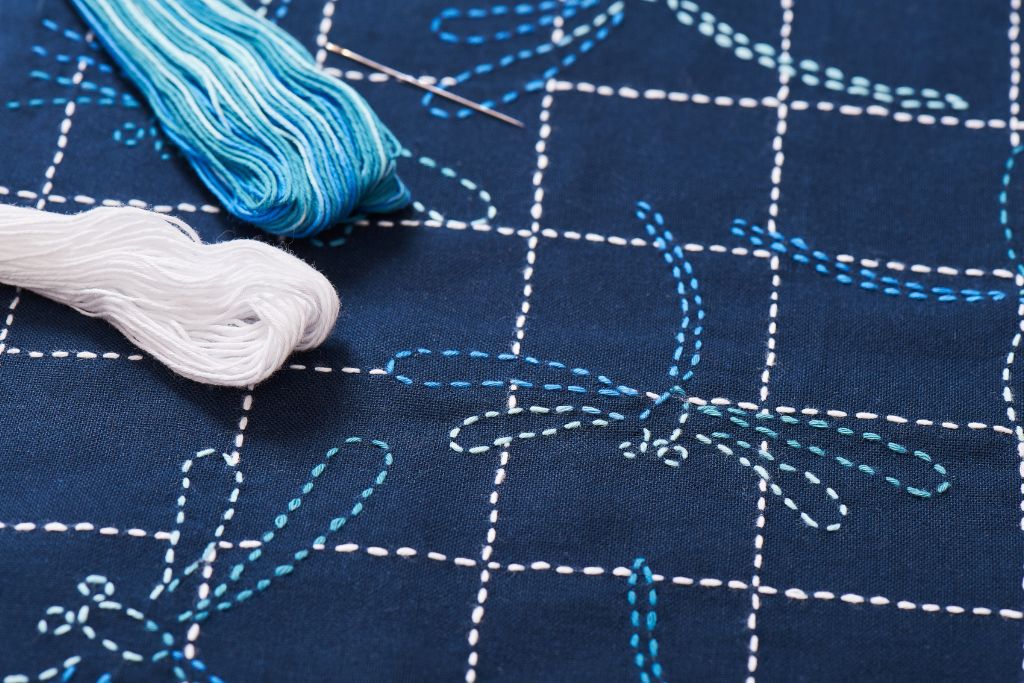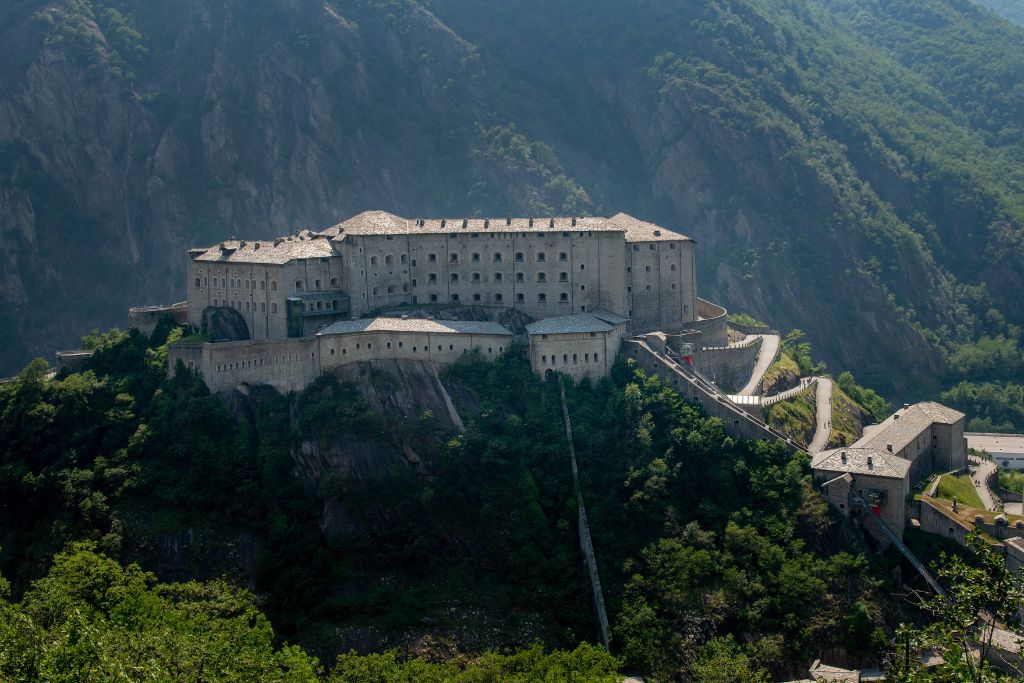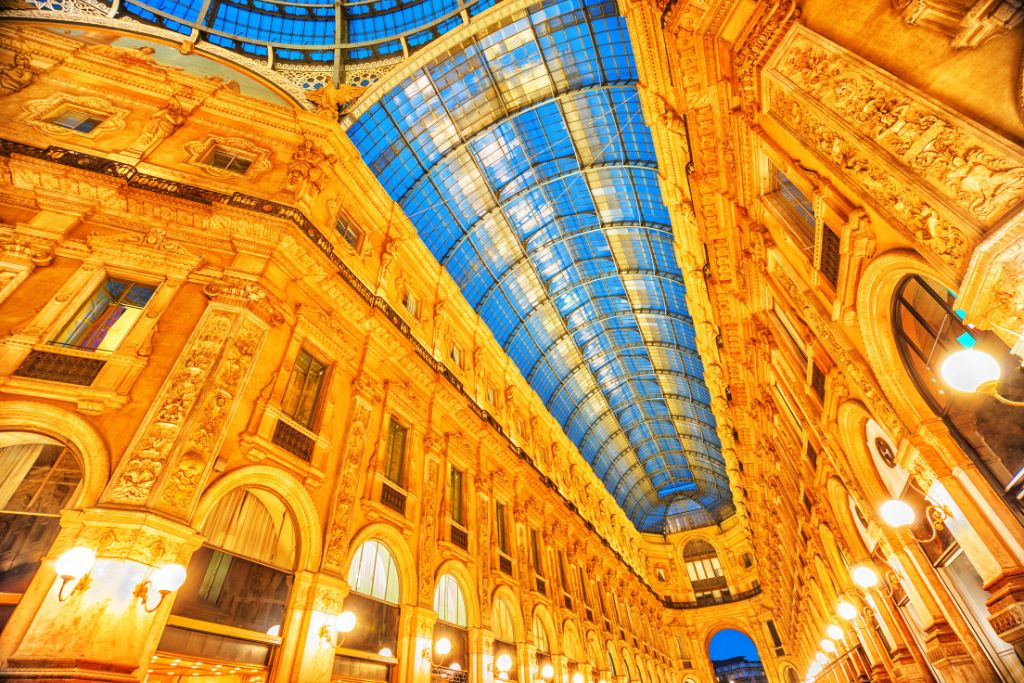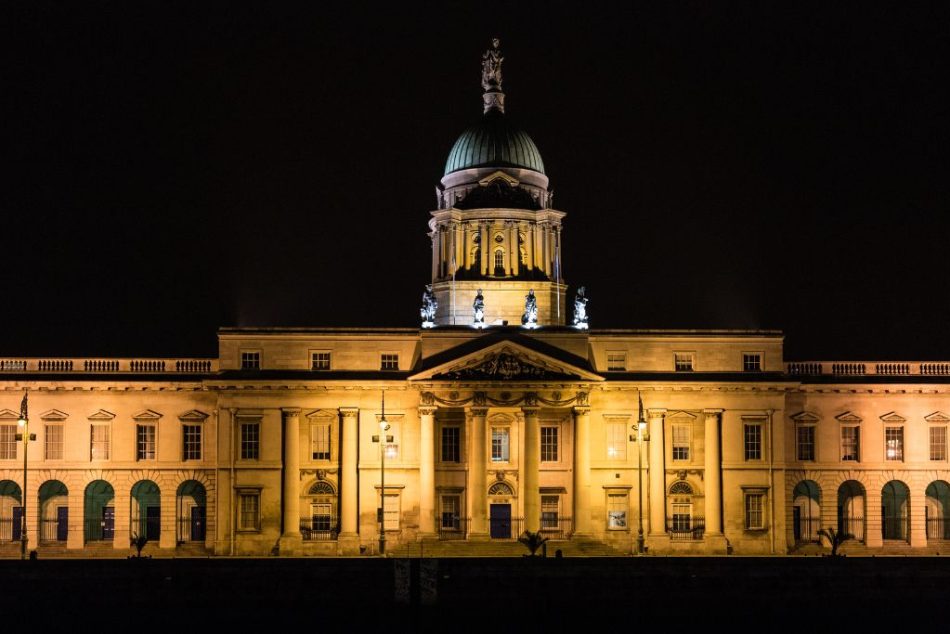Restaurants, clothing boutiques, and other businesses that have themes often align themselves with a certain subculture, pastime, or trend. Some of them also provide food that is appropriate to the theme. It wasn’t that long ago that it was common practice for mobile shellfish stands to set up shop in front of various pubs in order to sell mussels, cockles, and whelks. There is a possibility that royalist sentiments are conveyed through references to castles. Camden Town is home to a number of different pubs, including Windsor, Edinboro, and Dublin Castle.
The Embroidery
The volunteers who stitch the Tapestry meet weekly in New Ross, Ferns, Bunclody, and Clonroche throughout Wexford. They have taken turns stitching for the past ten years. They should be commended for their commitment to this endeavor, which is a unique combination of craftsmanship, community, and local history.
Even though the cleric is wearing a tonsure and his name identifies him as a cleric, the gesture he makes with his right hand has been variably interpreted as a slap, a caress, a blessing, or an attempt to resurrect AElfgyva.[131] Regardless of the significance of this gesture, it demonstrates that the religious leader was not hesitant to challenge established norms.

As with many of the images in the Tapestry, nudity and the display of genitalia served dual purposes: on the one hand, they encouraged the Tapestry’s earliest viewers to form unfavorable opinions of Harold and certain Englishmen; on the other hand, they were used to challenge the Reformist belief that married priests were unfit for the clergy.
The Fortress
You get a real sense of what it would have been like to reside in the castle (or at least pretend you do). This medieval tower house, located in the center of Dublin on Dame Street, is home to a lively museum and is a popular tour destination.
The upper courtyard, which was once the central courtyard of the original medieval fortress, justifies the admission fee. Do not miss the opportunity to climb the motte or visit the underground chamber where excavations uncovered sections of the castle’s medieval foundation and some of Viking Dublin’s original fortifications.

Today, the castle is a well-known landmark with a beautiful park that attracts office employees and tourists from far and wide. It is also home to the Chester Beatty Library, which houses an exceptional collection of uncommon Asian, North African, and Middle Eastern manuscripts—a must-see for history buffs and castle enthusiasts.
The bar
A pub (also known as a tavern or an inn) is a place where people consume alcohol and socialize. Many serve meals as well. Pubs may offer various entertainment options, including pub songs, live music, and billiards. Pubs have also hosted a variety of prominent musical genres, including punk rock.
During World War II, the United Kingdom imposed stringent restrictions on public houses. A Division bell was installed in some taverns in order to summon Members of Parliament back to the House of Commons when a vote was necessary.

Some pubs in Britain are linked to a specific brewery and may only sell beer from that brewery. Others, known as Free houses, are permitted to sell beverages from multiple breweries. This is commonly done to promote competition among breweries.
The Gallery
The best way to experience Ireland’s passion and pride is by visiting one of Dublin’s numerous world-class institutions.
From ancient bog corpses to enormous whale skeletons, the Museum has something for everyone. This charming museum is housed in an old Georgian mansion just off Grafton Street and across from St. Stephen’s Green, and it is brimming with things to explore.

In addition to attracting and engaging younger generations with natural history, the Museum offers on-site handling sessions, tours, and seminars. In addition, they participate in off-site outreach and host exhibits at national science fairs.
The Museum also seeks to promote print, with a collection that ranges from antique printing presses to photos depicting historical events such as the Irish Famine and the struggle for independence. Not only are they not alone, but the majority of Dublin’s museums celebrate print and its influence throughout the city.
Let’s take an exciting detour into daring engineering while visiting Dublin’s cultural tapestry. Our article, “Top 5 Dangerous Bridges in the World,” features breathtaking constructions that will test your nerves. These bridges test human inventiveness with dangerous heights and situations. Return to Dublin’s enchantment. In “Dublin’s Cultural Tapestry: Pubs to Castles,” we explore the city’s history. Dublin’s cultural tapestry is a must-see, from quaint bars to breathtaking castles.

